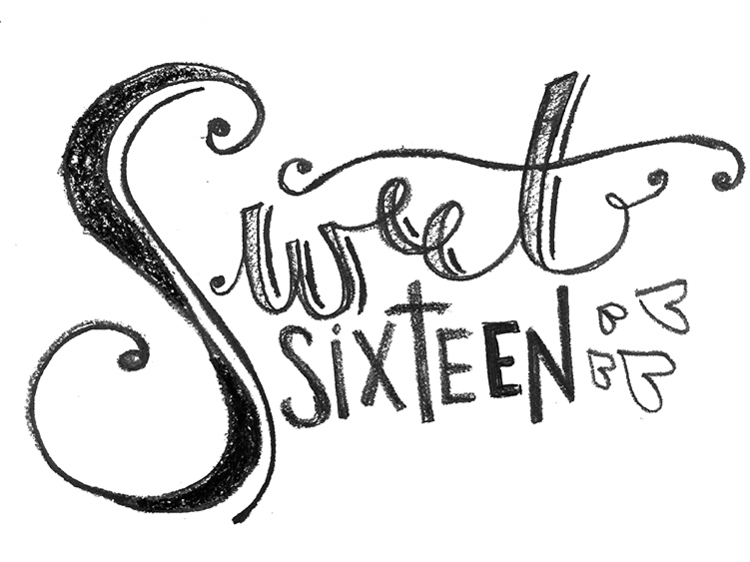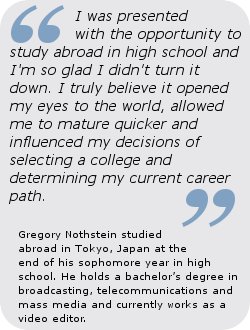Now believe me when I say I get the appeal to having a big party. I love dancing and spending time with family and friends as much as anyone. In fact I'm going to be 16 myself in a matter of three days (although I won't be celebrating in such high fashion). However, I have failed to see the significance of the age 16. You can't drink, or drive. You aren't of legal age. You are still in high school. I have conducted some minimal research (asking my mom and googling "sweet sixteen significance"). What I have learned is that turning 16 is more a coming of age commemoration than anything else.
So, I have decided what is so special about turning 16. It can be hard to remember how many people you have to be grateful for throughout the sometimes overwhelming and busy thing that we call life. I believe that turning 16 is a time that the family and friends gather around to appreciate the birthday girl or boy, and recognize the step that they are taking into adulthood. While turning 16 may not legally allow for any more freedom, it is a milestone in a teenager's life that deserves to be acknowledged.
So, I have decided what is so special about turning 16. It can be hard to remember how many people you have to be grateful for throughout the sometimes overwhelming and busy thing that we call life. I believe that turning 16 is a time that the family and friends gather around to appreciate the birthday girl or boy, and recognize the step that they are taking into adulthood. While turning 16 may not legally allow for any more freedom, it is a milestone in a teenager's life that deserves to be acknowledged.
The 16th birthday has always been a huge tradition in American culture, similar to how turning 15 is a huge milestone in Hispanic culture. Many people consider it the day that signifies a girl becoming a woman. The maturity of a young girl supposedly grows enough to be considered a woman by 16. Many traditions represent this change during a sweet sixteen party. Some include the changing of the shoes, in which a sneaker is traded in for heels, and the father daughter dance. A candle lighting ceremony is also a common practice at a sweet sixteen. It is an opportunity a girl uses to thank all of the people closest to her who have enhanced her life greatly. This is my personal favorite tradition surrounding a 16th birthday.
No matter how you celebrate, turning 16 is a meaningful day in your life, and you deserve to enjoy the day in whichever way you please! I am personally so excited for my 16 birthday, three days from now, and I can't wait to spend the day with my friends and family!
No matter how you celebrate, turning 16 is a meaningful day in your life, and you deserve to enjoy the day in whichever way you please! I am personally so excited for my 16 birthday, three days from now, and I can't wait to spend the day with my friends and family!










